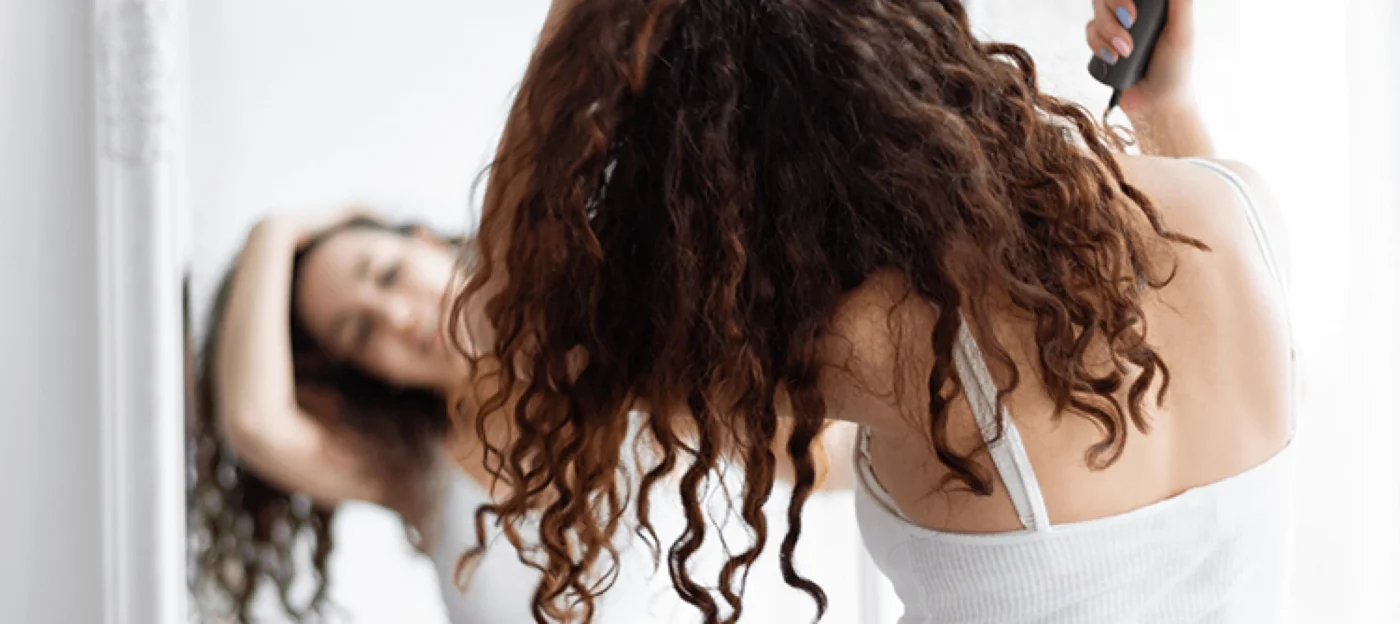Blog
Can You Put a Sodium Hydroxide Relaxer Under the Dryer?
When it comes to hair treatments, many people wonder, can you put a sodium hydroxide relaxer under the dryer? Sodium hydroxide relaxers are a popular choice for achieving straight, sleek hair. However, using heat during the application process raises questions about safety and effectiveness. This article will explore the implications of using a sodium hydroxide relaxer under the dryer, the best practices for application, and tips for maintaining healthy hair throughout the process.
Understanding Sodium Hydroxide Relaxers
What is Sodium Hydroxide?
Sodium hydroxide, often referred to as lye, is a chemical compound commonly used in hair relaxers. It works by breaking down the protein structure of the hair, allowing it to be reshaped. This process is particularly effective for those with tightly coiled or curly hair, enabling them to achieve a smoother, straighter appearance.
How Sodium Hydroxide Relaxers Work
When applied, sodium hydroxide penetrates the hair shaft and alters the hair’s natural curl pattern. The result is a more manageable texture. However, the process requires careful handling due to the potent nature of the chemical. Misapplication can lead to hair damage or scalp irritation.
Putting a Sodium Hydroxide Relaxer Under a Hair Dryer
Can You Put a Sodium Hydroxide Relaxer Under the Dryer?
The Risks of Using Heat
Can you put a sodium hydroxide relaxer under the dryer? While it may seem tempting to speed up the processing time by using heat, it is generally not recommended. The high temperatures from a dryer can intensify the effects of the relaxer, leading to over-processing. Over-processed hair can become brittle, leading to breakage and split ends.
Recommended Practices for Application
Instead of using a dryer, it’s better to follow traditional methods when applying sodium hydroxide relaxers. Here are some recommended practices:
- Room Temperature Application: Apply the relaxer at room temperature. This allows for even distribution without the risk of overheating the hair.
- Time Management: Follow the manufacturer’s instructions regarding processing time. Usually, relaxers should be left on the hair for a specific duration, typically around 15-30 minutes, depending on hair type.
- Sectioning the Hair: Divide the hair into sections before applying the relaxer. This ensures even coverage and prevents missed spots that can lead to uneven results.
- Use of a Cap: After applying the relaxer, you can use a plastic cap to cover the hair. This helps maintain warmth, enhancing the relaxer’s effectiveness without the direct heat from a dryer.
Hair Care After Using Sodium Hydroxide Relaxers
Conditioning Your Hair
After using a sodium hydroxide relaxer, conditioning is essential. Deep conditioning treatments can help restore moisture and strengthen the hair. Look for products designed specifically for chemically treated hair to promote health and resilience.
Avoiding Heat Styling
After relaxing your hair, it’s crucial to avoid additional heat styling for a few days. This includes blow-drying, curling, or straightening, as the hair is particularly vulnerable to damage immediately after a relaxer treatment.
Regular Maintenance
To keep your relaxed hair healthy, incorporate a regular hair care routine. This should include:
- Moisturizing: Use leave-in conditioners or moisturizing creams to keep your hair hydrated.
- Trimming: Regular trims can help remove split ends and maintain a healthy appearance.
- Protein Treatments: These can help strengthen the hair and prevent breakage.
Conclusion: Best Practices for Sodium Hydroxide Relaxers
In conclusion, while the question remains, can you put a sodium hydroxide relaxer under the dryer? the answer is generally no. Avoiding heat during the application of sodium hydroxide relaxers is vital to prevent over-processing and hair damage. Following the recommended practices for application and maintenance will ensure that you achieve the best results while keeping your hair healthy and vibrant.
Follow us on Facebook!

